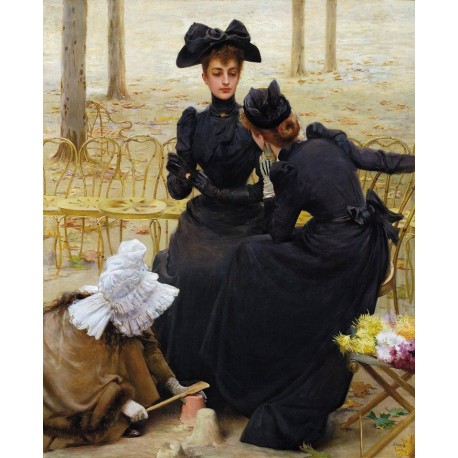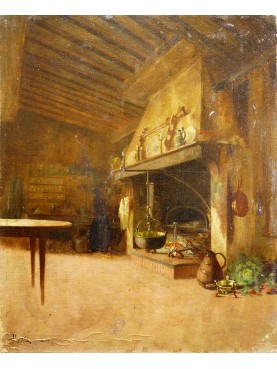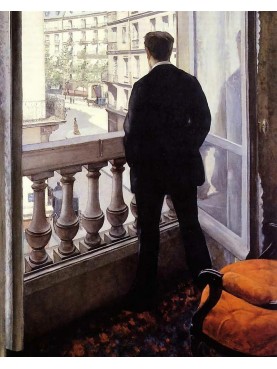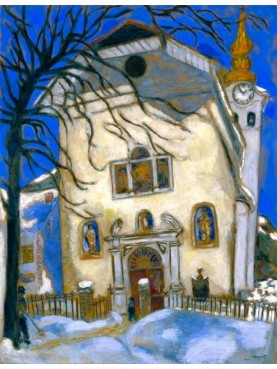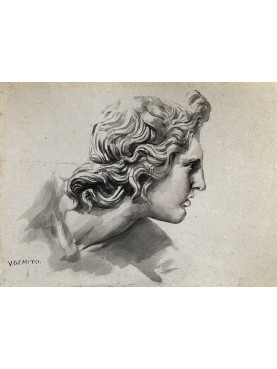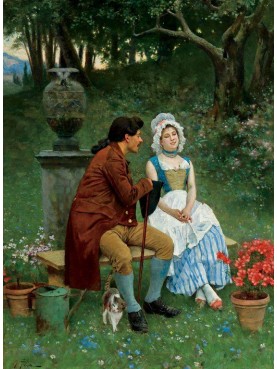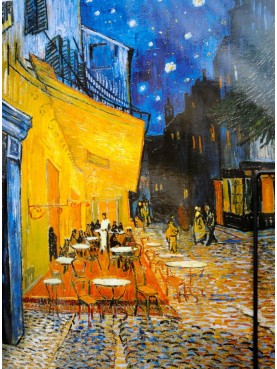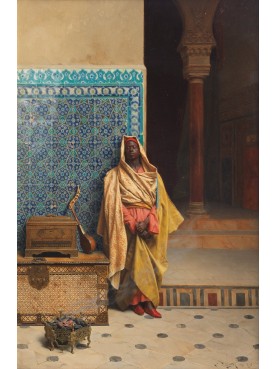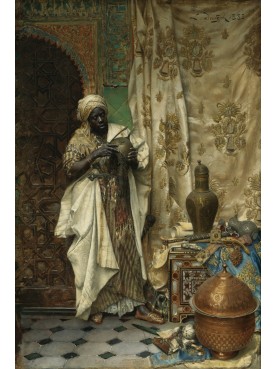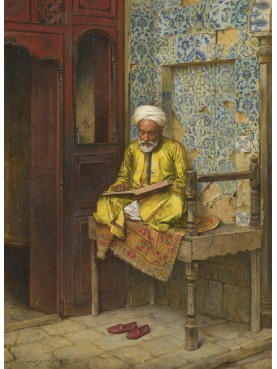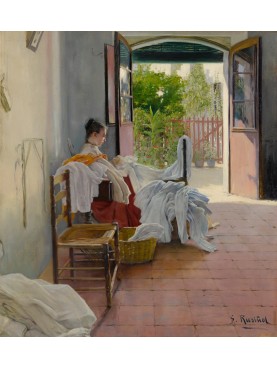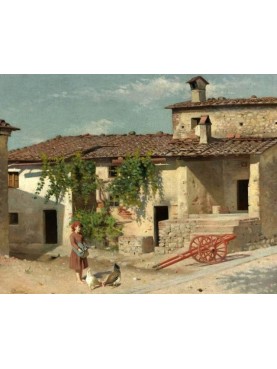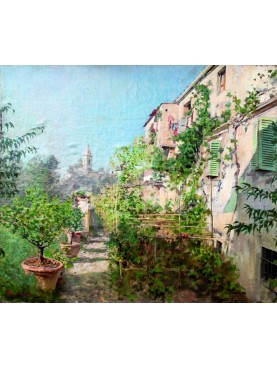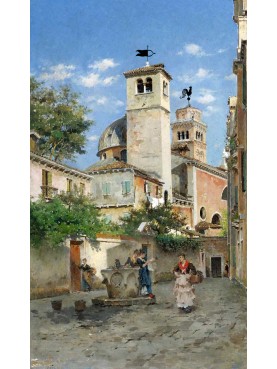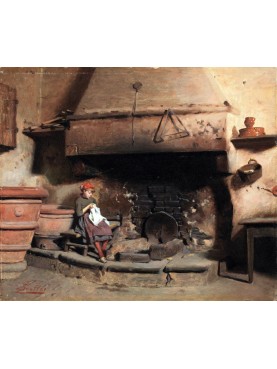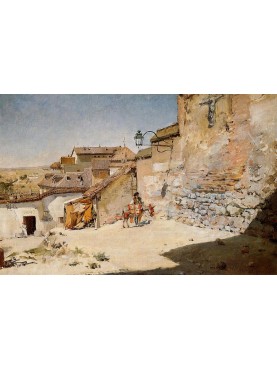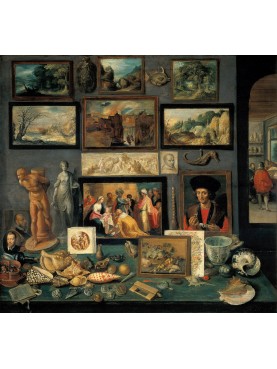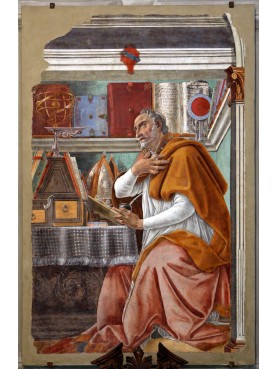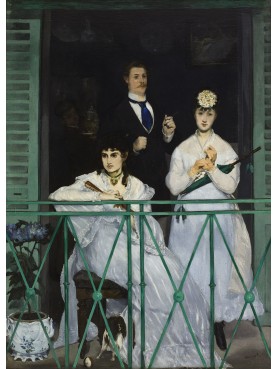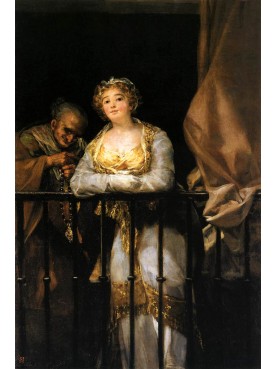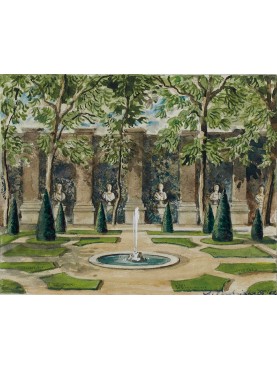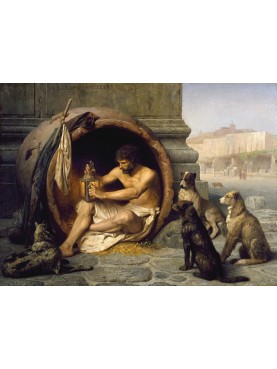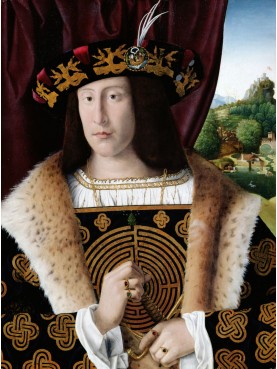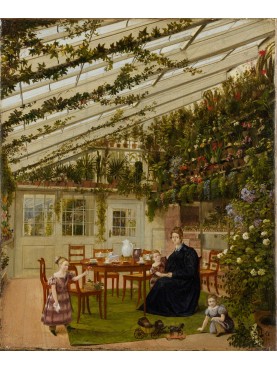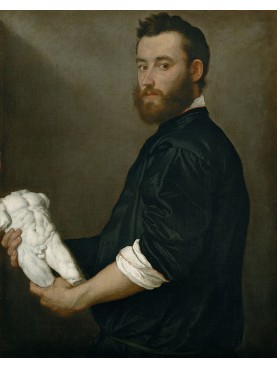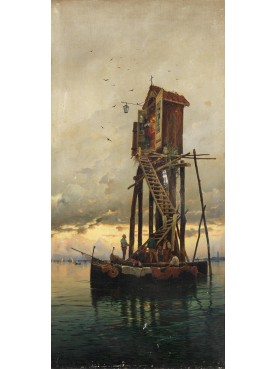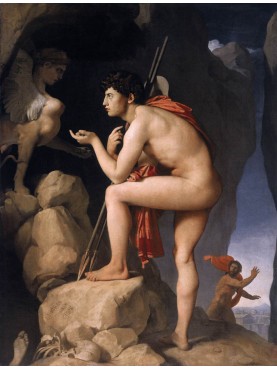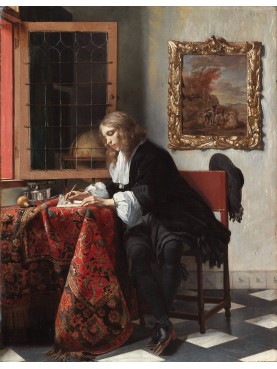forged-iron garden chair by Vittorio Corcos
forged-iron garden chair by Vittorio Corcos
13660
New
19th century style chair.
Wrought iron, with 12-petal seat.
In the painting we also find the small greenhouse pot:
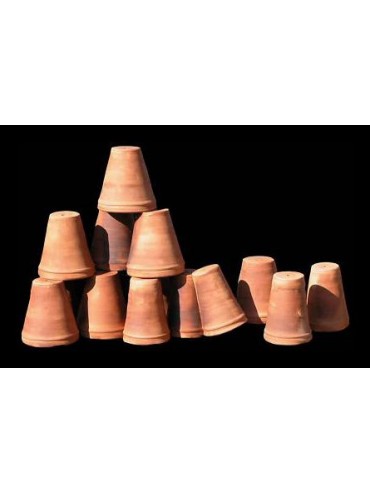
Data sheet
| Height | 35.04 in | 89 cm |
| Depth | 18.5 in | 47 cm |
| Seat height | 17.72 in | 45 cm |
| Artist / Creator / Architect | Vittorio Corcosa (Livorno, 4 ottobre 1859 – Firenze, 8 novembre 1933) | |
| Diameter of the seat | 13.78 in | 35 cm |
| Manufacturing | Recuperando srl | |
| Material | Ferro battuto / Forged iron | |
| Note 01 | Maximum backrest width 44 cm |
More info
It is supplied painted with Ovatrol with rust.
On request it can be painted enamel, three coats, 1 coat of anti-rust + 2 coats of RAL enamel indicated by you.
The supplement for enamel painting is € 35.00 for each chair, VAT included.
Vittorio Amedeo Corcos was born to Jewish parents, Isacco e Giuditta Baquis, in Livorno. He trained at the Academy of Fine Arts of Florence under Enrico Pollastrini. Between 1878 and 1879 he worked under Domenico Morelli in Naples.
He then traveled to Paris where he met Léon Bonnat, and signed a contract with the Goupil & Cie, he was able to supplement his income as a portrait painter with illustrations for magazines. He frequented the circles of Giuseppe De Nittis. Between 1881 and 1886, he frequently exhibited at the Salon.
He returned to Italy in 1886, putatively to join the army, and settled in Florence. He converted to Catholicism and married a widow, Emma Ciabatti. In Florence, he made friends in the intellectual circles, and made portraits of Silvestro Lega, Giosue Carducci, and Pietro Mascagni. After 1900, he wrote for the Florentine Journal Il Marzocco. He also published a short story in the magazine Fanfulla della Domenica titled Mademoiselle Leprince. In 1904, he traveled to Potsdam to paint Emperor William II and other members of the German monarchy. During World War I, his son died in battle in 1916. In the 1920s he joined the Gruppo Labronico along with Plinio Nomellini and Ulvi Liegi.
He also painted portraits of Mussolini (1928); Countess Annina Morosini; Countess Nerina Volpi di Misurata; Carducci, Puccini and Mascagni; Queen Amélie of Portugal, Princess of Orleans;
In 1913, his self-portrait was accepted by the Uffizi museum.
He died in Florence in 1933. Source Wikipedia
Le Istitutrici ai campi Elisi, 1892, one of the vertexes of the artist from Livorno, depicting a scene set in a golden autumn day in one of the most fascinating places in Paris, testifies how much Corcos has maintained constant relations with the French capital, but also with England, and how his painting evolved towards ever more refined solutions in a continuous dialogue with European painting.
Source: https://www.stilearte.it/corcos
Private collection, Palazzo Foresti, Carpi. http://www.palazzoforesti.it/

